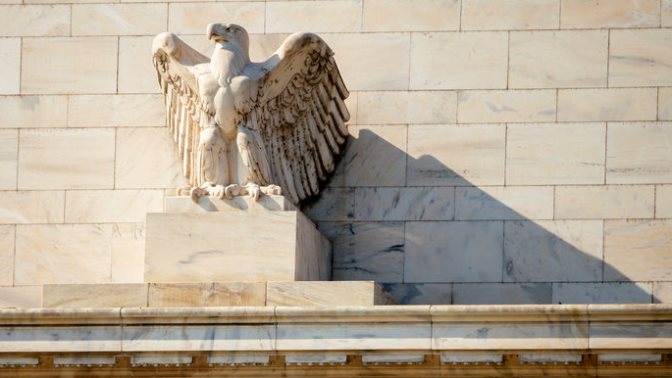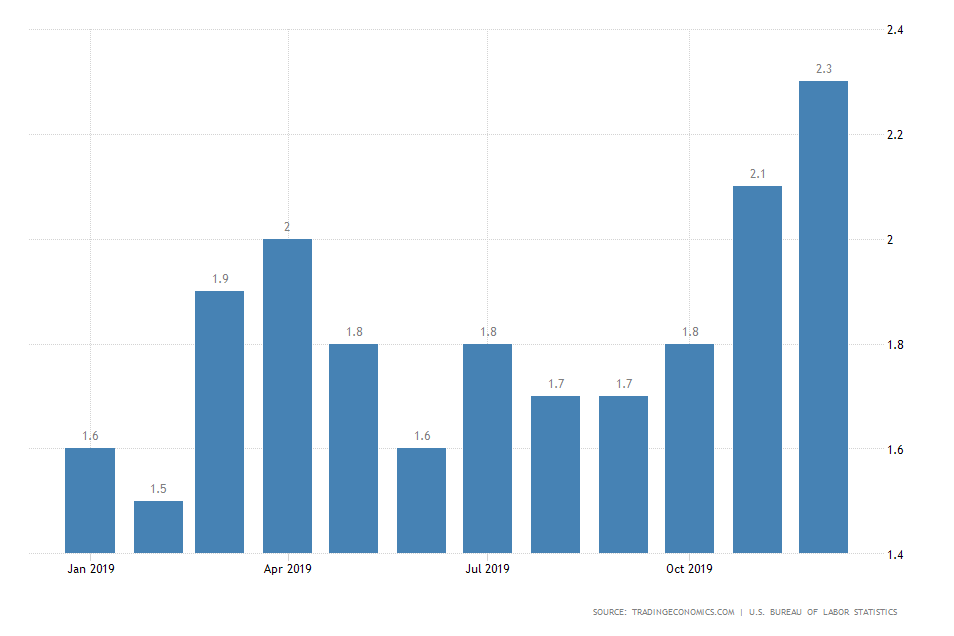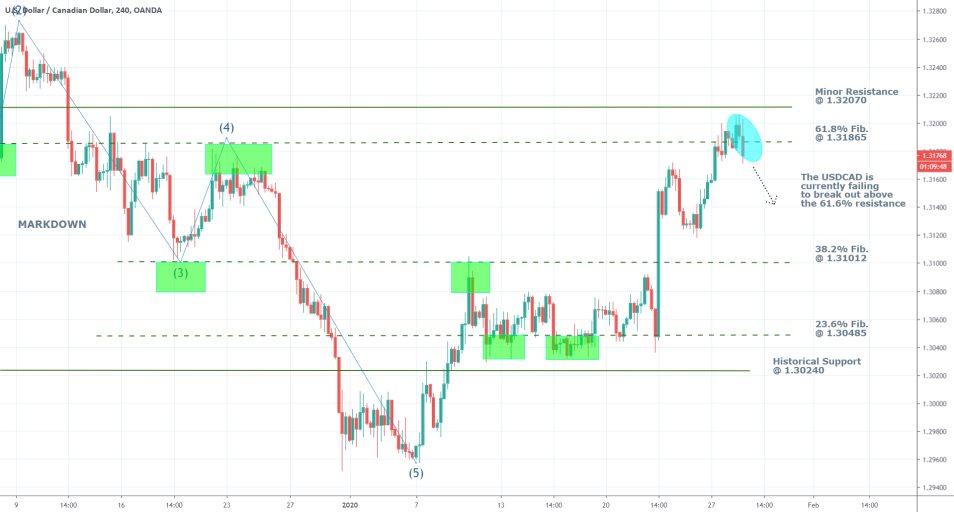
The Federal Open Market Committee of the FED is gathering this Wednesday in what many market experts consider to be a crucially important vote on the underlying interest rate in the US.
Presently, the rate is held at 1.75 per cent, and the consensus forecasts project no likely changes at the current time. However, the market would be looking for evidence in the post-decision monetary policy statement signalling possible future hikes.
Many commentators start to fear that the low interest rates worldwide, could also be fuelling another debt bubble, and could even ignite a new recession.
Therefore, any inklings in FOMC’s statement on Wednesday that are suggestive of a likely stabilisation of the economy allowing for future hikes in the rate to or above 2 per cent are going to be welcomed with great optimism by the market.
At the current time, however, the situation predisposes for no changes to the rate and the continuation of FED’s accommodative monetary policy.
Inflation reached 2.3 per cent in the previous month, which is the highest level on record since October 2018 and in line with the general consensus. The Consumer Price Index has thus exceeded FED’s 2 per cent target level.
The surge in the inflation rate is owing to the stabilisation in the commercial relations between the US and China and the signing of Phase One in the trade negotiations between the two countries.
If the situation were different, inflation of 2.3 per cent alone would be compelling enough even to prompt an increase in the interest rate, which would negate the possibility of overheating the economy.

However, following the outbreak of the deadly coronavirus in China and the renewed uncertainty sweeping through the markets, inflation is likely to suffer from a possible deterioration in the consumer sentiment.
The market sentiment is currently suffering from the increasing fear stemming from the outbreak of the pandemic. Thus the FED might have to extend its protective and accommodative monetary policy stance in order to use it as an insurance against the heightened uncertainty.
In contrast, the robust performance of the labour market is the saving grace of the US economy at the current time, as the unemployment rate remained historically low at 3.5 per cent for the second consecutive period.
Overall, the dollar is likely to be hit from the new uncertainty stemming from the coronavirus’s outbreak and the decision to keep the interest rate at 1.75 per cent for the time being would most likely propel the greenback in a temporary selloff.
Meanwhile, the USDCAD failed to break out above the 61.8 per cent Fibonacci retracement level, which is yet another bearish indication.

Trendsharks Premium
Gold is undergoing a correction, as investors take profits to offset losses from falling stock prices, impacting their margins. However, we anticipate a renewed wave of [...]
The Swiss stock market index is mirroring its global counterparts, such as Germany 40 and US100, experiencing a sharp decline following the announcement of new [...]
We’re analyzing the weekly chart to grasp the broader market trend. Over the past three years, the US30 index has surged by 17,000 points, often resembling a nearly straight [...]
Over the past week, the DAX has experienced a sharp decline, plunging by an astonishing 3,400 points. This downward movement is not isolated, as its international counterparts, such as the UK100 and US100, are also facing significant [...]
EURUSD recently formed a double top at 1.0930, signaling a potential trend reversal, and has since begun a correction. After a 600-pip rally since early March, a pullback at this stage is both expected and healthy. Given these conditions, we are placing a [...]
Since early March, EURJPY has surged nearly 1,000 pips, providing us with several excellent trading opportunities. However, as the rally matures, many early buyers are beginning to take profits, leading to a noticeable slowdown in the uptrend. On Friday, the pair formed a [...]
The AUDJPY currency pair continues to be dominated by bullish momentum, as multiple golden cross patterns reaffirm the strength of the ongoing uptrend. Despite this, we are witnessing a much-needed [...]
The EURAUD currency pair appears to be undergoing a trend reversal, signaling a potential shift in market direction. A notable technical development is the formation of a Death Cross on the chart, a widely recognized bearish indicator that typically suggests a [...]
After securing an impressive 200-pip profit last week, the EURJPY currency pair is now undergoing a southward correction, retracing some of its recent gains. Despite this temporary pullback, the Golden Cross remains intact, reinforcing our view that the overall trend continues to be [...]
The appearance of a Golden Cross in Silver strengthens our analysis that the metal is currently in a strong uptrend, indicating further bullish momentum in the market. This technical pattern, where the short-term moving average crosses above the [...]
This trade presents a considerable level of risk and can be classified as an opportunistic move based on recent price action. The GBPUSD currency pair has experienced a substantial bullish rally, surging by nearly 500 pips in a strong upward movement. However, after this extended period of appreciation, the pair is showing signs of a potential [...]
The anticipated Death Cross on the SMI20 appears to be failing as price finds strong support at the 23% Fibonacci retracement level. After testing this area, the index has shown bullish strength, printing several large green candles, signaling an increase in [...]
A Golden Cross has just appeared on the USDJPY chart, signaling a potential bullish move. This technical pattern occurs when the 20 period moving average crosses above the 60 period moving average, a widely recognized indication of increasing [...]
After 2 months of a down trend, we finally see some indications of price recovery for Oil. The golden cross, a historic buy signal, supports this [...]
For the past month, the German DAX40 has experienced a remarkable 10% surge, reflecting strong bullish momentum. Despite ongoing market volatility and frequent pullbacks, every dip continues to attract fresh buyers, reinforcing the [...]
Oil continues its downward trajectory, despite occasional pullbacks. The overall trend remains bearish, reinforced by multiple Death Cross patterns, a classic sell signal indicating further weakness. Adding to this bearish outlook, the critical [...]
Over the past few days, gold has experienced a sharp decline of more than $100. This downturn can be attributed in part to traders securing profits to manage their margins, which are under strain due to the significant drop in major indices. Currently, gold has fallen below the [...]
The NASDAQ 100 index is showing strong bullish momentum, as evidenced by the formation of a Golden Cross on the chart. This classic buy signal occurs when the short moving average crosses above the long term moving average, suggesting that upward momentum is [...]
The EURAUD currency pair has encountered a significant resistance level, failing to break above the critical 61% Fibonacci retracement level. This suggests that bullish momentum is weakening, reinforcing the case for a potential downward move. Given this technical setup, we favor entering a [...]
The UK100 is experiencing a remarkable rally! Over the past few weeks, the British stock market index has surged nearly 800 points. Each minor dip has attracted more buyers, fueling the bullish momentum. However, since last week, we’ve observed a slight [...]




















